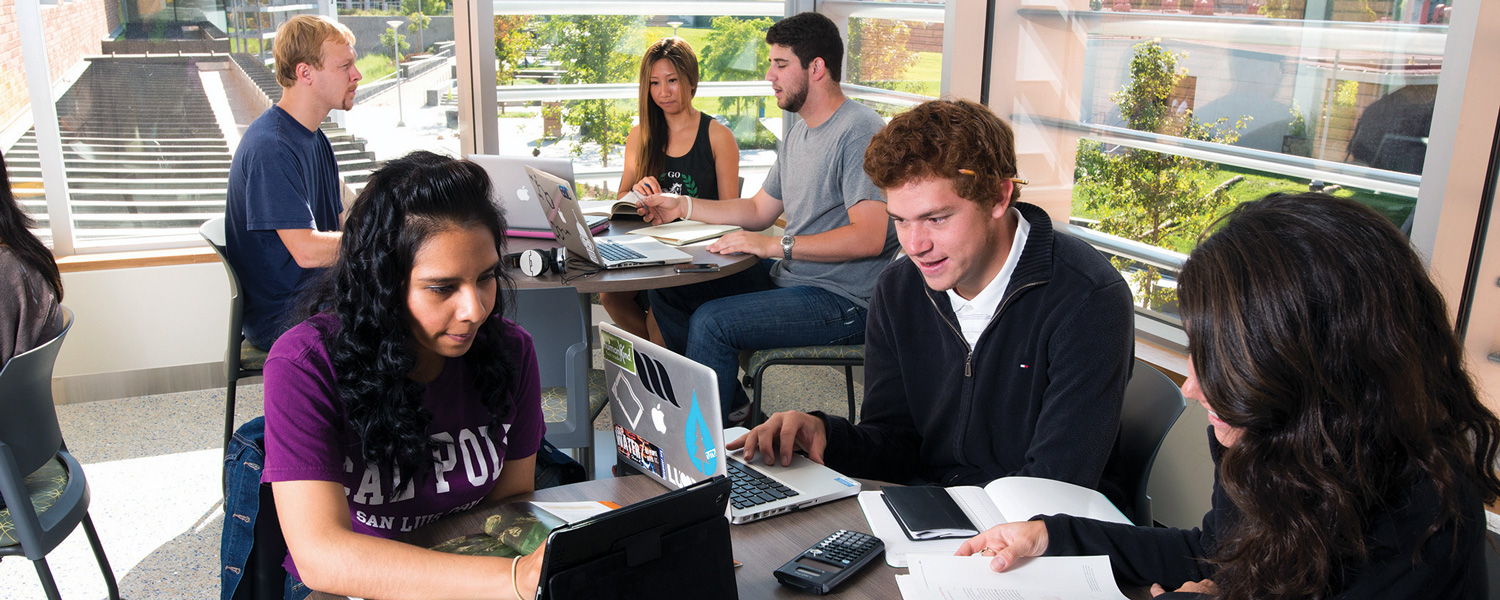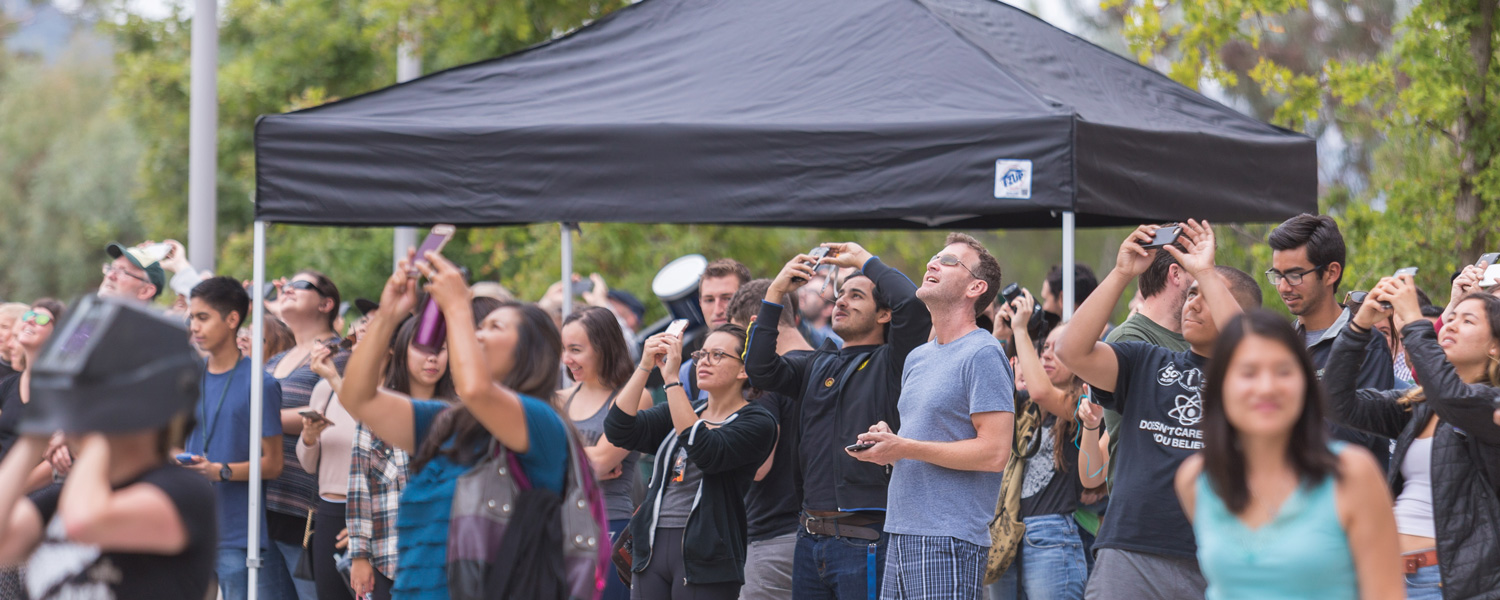cal poly news
Diving into the Past with Modern Technology
By Galen Ricard

Sometimes it takes the technology of the future to uncover the relics of the past. This past summer, Cal Poly students teamed up with colleagues at Harvey Mudd College to develop cutting-edge programming to guide an autonomous underwater robot. Their objective: to explore the wreck of a rare World War II plane that crashed off the coast of Malta almost 75 years ago.
The wreckage they found was of the Fairey Swordfish, a biplane torpedo bomber used by the Royal Navy during World War II.
Student team members included Cal Poly students Sam Freed, computer science graduate student; Amy Lewis, software engineering senior; and Roslyn Patrick-Sunnes, computer science senior; as well as two students from Harvey Mudd and one from Cal Poly Pomona. The student research efforts were led and directed by Cal Poly computer science Professor Zoë Wood and Harvey Mudd engineering Professor Chris Clark, whose work is funded by the National Science Foundation.
The research teams collaborated with local marine archaeologists to develop new shipwreck and mapping technology and helped implement it in the field. Freed was aboard the research vessel scanning the sea floor when the plane was discovered. Considering the plane has been about 90 feet under water for seven decades, it’s remarkably well preserved, observed Wood.
“Although the fabric is long gone, the metal structure is still there,” she said. “As a biplane, when it crashed, the upper wing collapsed on the lower wing. It mostly looks like a metal skeleton — very birdlike. There’s a very big engine cowling and its propellers are still intact.”
Those findings have been preserved and richly documented by the students’ computer graphics team, which included Lewis and Patrick-Sunnes — both also strong swimmers who spent time in the water helping to guide the AUV.
“I was really shocked that there is still so much that’s unexplored,” said Lewis. “We’re told that outer space is the last frontier, but we have so much to learn from our oceans and seas.”
“For me, this project underscored the contributions we can make to the incredibly important field of marine archeology,” Freed said. “Engineering technology is not only advancing how archaeologists identify and collect data on underwater wrecks, it’s also helping them share that history and making it come alive.”
In November, Lewis and Freed will return to Malta to co-present the team’s research at the International Conference on Aviation, Archaeology and Heritage.





